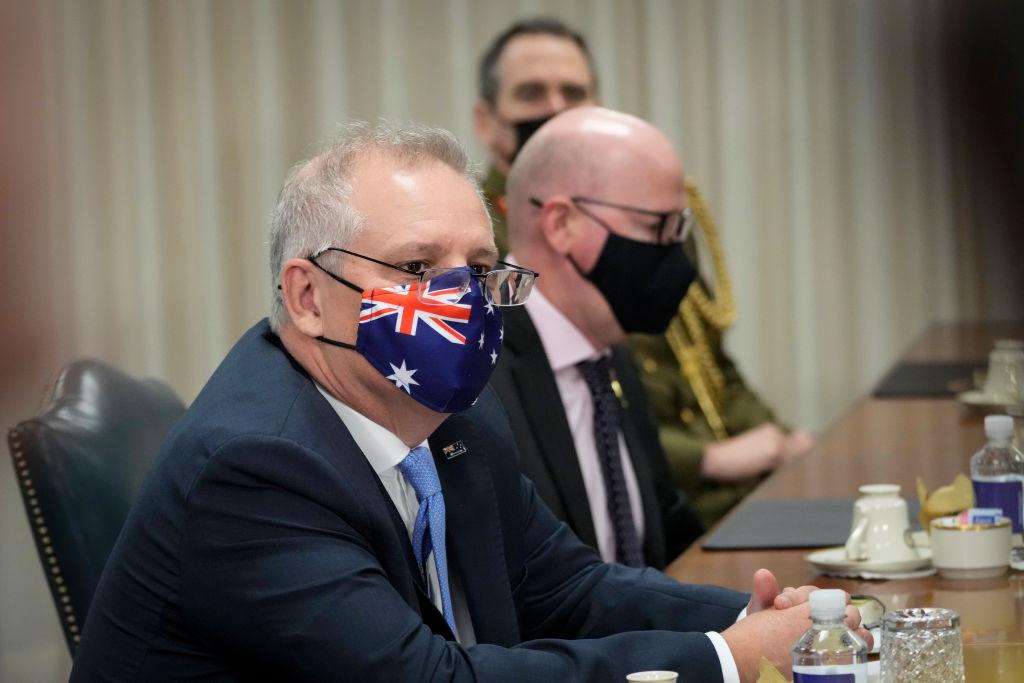Commentary
The 2021 Australia-United Kingdom-United States (AUKUS) security treaty seems to be shaping the global architecture in the post-People’s Republic of China (PRC) era.

The 2021 Australia-United Kingdom-United States (AUKUS) security treaty seems to be shaping the global architecture in the post-People’s Republic of China (PRC) era.